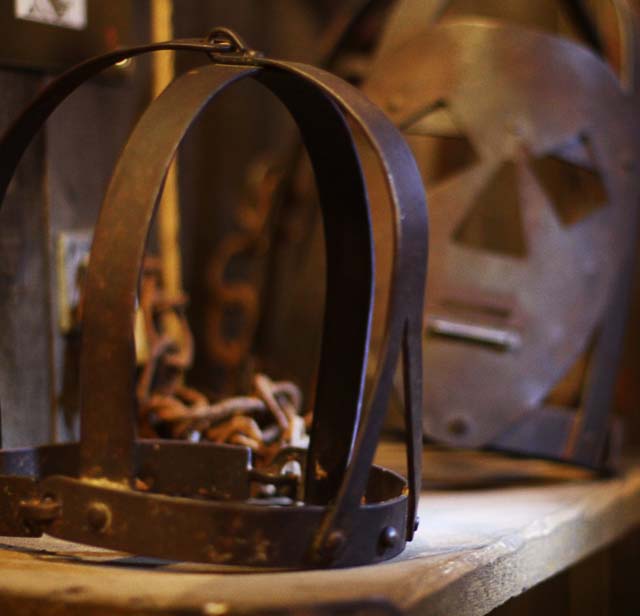Look out for…
- The torture room
- Cromwell’s death mask
- The thief catcher
- The Gibbet and our blue plaque
Did you know?…
- you will be standing on the actual site of London’s original Clink Prison 1144-1780
Museum Facilities
Cafe
Audio Guide
Wheelchair Access
Restaurant
Tour Guide
Wifi
Shop
Photography
Venue Hire
All information is drawn from or provided by the museums themselves and every effort is made to ensure it is correct. Please remember to double check opening hours with the venue concerned before making a special visit.

